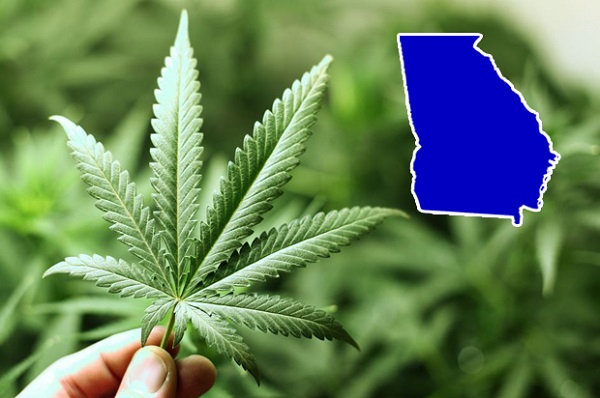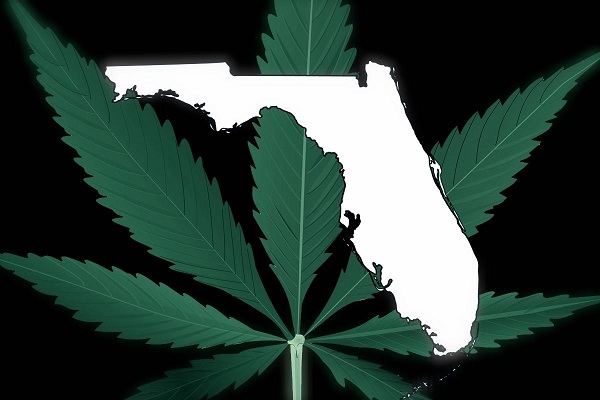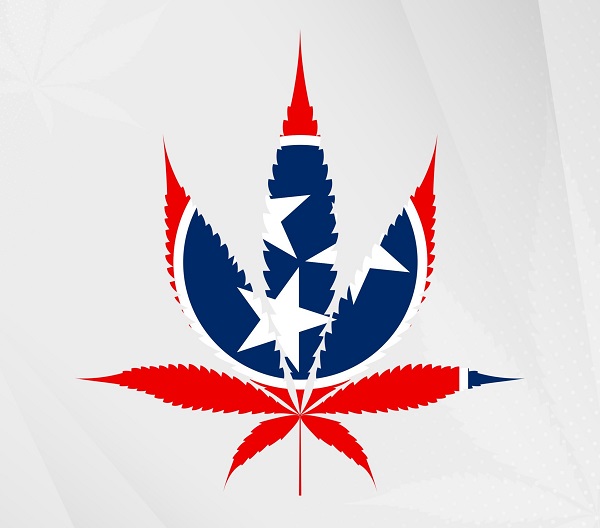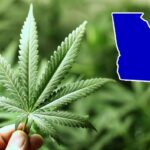The benefits of using raw marijuana juice have been hotly debated in recent years, but little empirical evidence has been published to support its benefits on the scientific side. At the same time, anecdotal evidence is increasing, with many claiming its benefits, but are there associated risks and what are they?
A more appropriate question might be «who is behind this campaign?» as it has much to do with promoting the idea of one man, Dr. William Courtney. Dr. Courtney, a physician from California, has a bachelor’s degree in microbiology from the University of Michigan, an MD from Wayne State University, and a doctorate in forensic science and forensic science.
Dr. Courtney’s wife, Kristen Peskuski, claims to have successfully managed her lupus symptoms with fresh cannabis juice. Since then, the couple has enthusiastically promoted the treatment, claiming its effectiveness for a variety of conditions that have yet to be evaluated.
Many of Dr. Courtney’s claims are unfounded and easily refuted, and the trend toward cannabis juice risks being dismissed as a fad. However, is there any basis for these claims? There are very few authoritative sources for conclusions. Most of the available articles are taken from alternative lifestyle and counterculture blogs and are not based on scientific research.
Cannabinoid acids
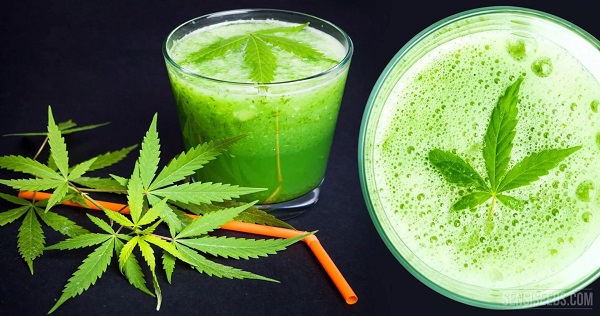
In the living cannabis plant, up to 90% of Δ9-THC is present as Δ9-THC carboxylic acid (THCA). Cannabidiol (CBD) is present as CBDA, cannabigerol (CBG) as CBGA, cannabichromene (CBC) as CBCA, and so on.
Carboxylic acids (a widespread group of organic acids) are characterized by the presence of at least one carboxylic group bonded by a single covalent bond to another functional group. In organic chemistry, the functional group refers to the group of atoms in the molecule responsible for the characteristic reactions of the molecule.
A carboxylic group consists of a carbonyl group (C=O; a carbon atom bonded by a double covalent bond to an oxygen atom) and a hydroxyl group (OH; an oxygen atom bonded by a single covalent bond to a hydrogen atom), usually designated as -COOH or -CO2H. For simplicity, THCA is written as THC-CO2H (although its chemical formula is C22H30O4; the chemical formula for THC is C21H30O2), CBDA is CBD-CO2H, and CBG is CBG-CO2H.
Thus, prior to processing cannabis plant material, cannabinoids exist in these acidic forms. Acidic cannabinoids do not have psychoactive effects, which has stimulated research into their potential therapeutic properties.
When cannabis is dried or heated, the acids are converted to their neutral psychoactive forms by a reaction called decarboxylation.
Decarboxylating carboxylic acids
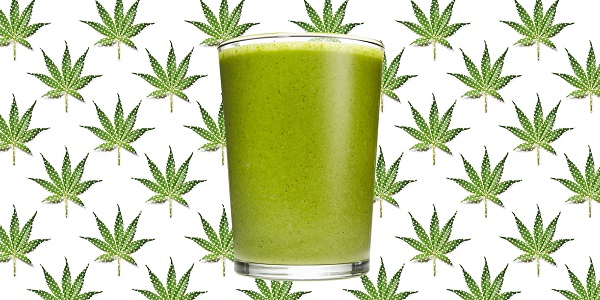
In the decarboxylation process, the carbon dioxide (CO2) is removed, destroying the carboxyl group. The remaining hydrogen atom forms a single covalent bond with the residue of the molecule, adding an extra proton (the hydrogen atom consists of one proton and one electron used to form the covalent bond).
The decarboxylation of cannabinoid acids occurs rapidly when heated (e.g. by smoking or preparing cannabis oil). This process can also be slow at room temperature, but may be incomplete by the time the cannabis dries out. The heat transforms the cannabinoid acids into the cannabinoids we know.
For complete decarboxylation, it is sufficient to keep cannabis for several weeks after drying. However, this can cause THC to decompose to CBN. To avoid this, the cannabis must not come into contact with air or sunlight during the curing period.
How to speed up this process?
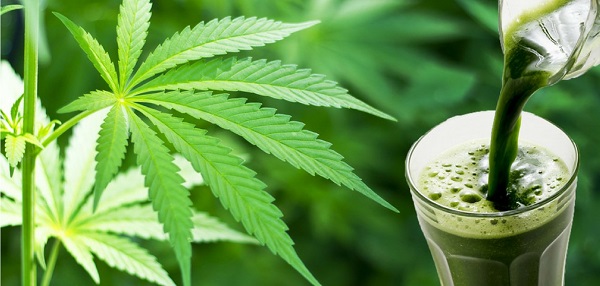
If fresh cannabis is roughly handled, the resin glands can burst and a slow decarboxylation process begins. As a result, hashish and extracts derived from fresh plants can be intoxicating, but require several weeks of drying and aging before consumption. In some climates (especially hot, tropical climates), decarboxylation of cannabinoid acids can begin even while the plant is growing, when it is approaching maturity.
The process can be accelerated by gently heating the cannabis in an electric oven at about 110-120°C for 30-60 minutes. This is a high enough temperature to decarboxylate, but not high enough to degrade the cannabinoids, flavonoids and terpenoids.
What happens in the body?
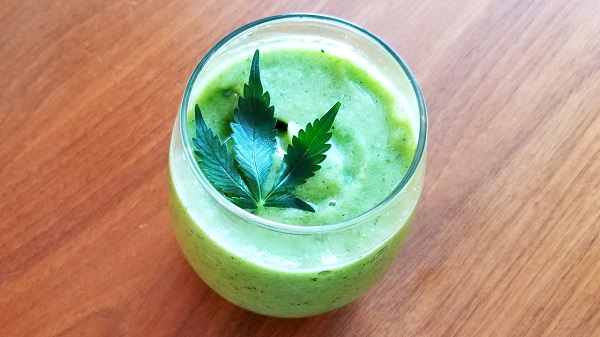
The biomechanics of the effects of cannabinoid acids on the body have not yet been sufficiently studied. Previously, researchers focused more on studying the effects of the cannabinoids themselves.
The transformation of THCA into THC in the body appears to be very limited. Because of this, if a person uses fresh, undried marijuana, the psychoactive effects should be minimal or absent (although terpenoids and flavonoids can cause some mood changes).
In one study, scientists were able to decarboxylate at most 70% of the THCA contained in the sample. Another earlier study was able to convert only 30% of THCA to THC. The maximum decarboxylation rate remains a matter of debate. Already at 85°C, THC begins to convert to CBN, and this probably occurs even during decarboxylation.
Thus, Dr. Courtney’s claim that consuming decarboxylated cannabis means giving up the high potency cannabinoid (THCA or CBDA) is questionable. According to the study mentioned above, even users of decarboxylated cannabis can consume a limited amount of cannabinoid acids.
Metabolism of THCA
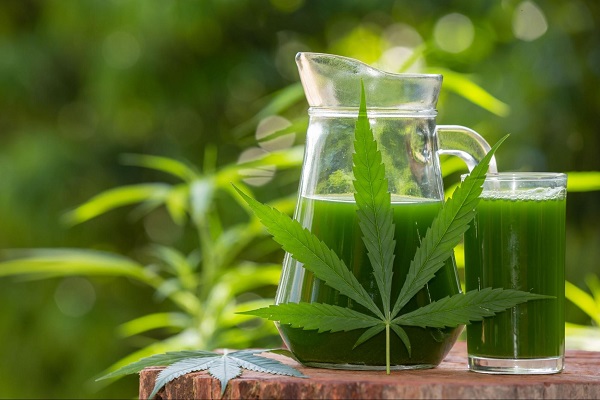
One study showed that THCA was present in the blood and urine (at concentrations of 5.0-18.6% of the THC concentration) after cannabis use. The study also showed that the body eliminates THCA faster than THC, as the highest THCA to THC ratios were found in people who had recently used cannabis.
Another study examined rats that were orally administered THCA by analyzing urine samples for metabolites indicative of the biochemical pathway. Scientists found that THCA undergoes hydroxylation to form a substance known as 11-OH-THCA, which is then oxidized to form 11-COOH-THCA (similarly, THC is hydroxylated to 11-OH-THC, which is then oxidized to 11-COOH-THC).
Are there benefits to raw cannabis?
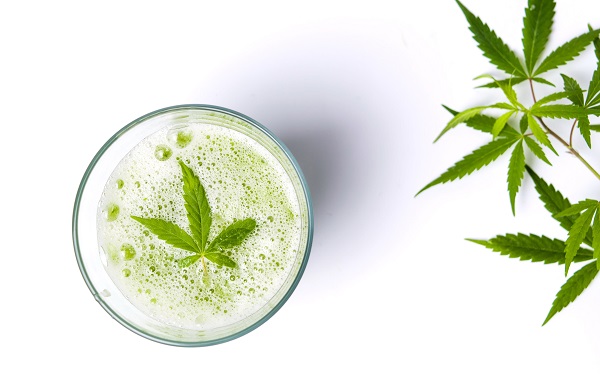
Recent studies show that cannabinoid acids are more efficiently absorbed by the body than decarboxylated cannabinoids. However, inhaling cannabis is the most efficient way of absorbing cannabinoids, and smoking raw cannabis flowers is almost impossible. Oral cannabis ingestion has one of the lowest rates of absorption, which can be increased when raw cannabis is consumed.
THCA and THC may have neuroprotective effects, and THCA may be a promising drug for the treatment of Huntington’s disease and other metabolic, neurodegenerative and neoinflammatory diseases.
Raw cannabis contains all the terpenoids, flavonoids and plant alkaloids that can be lost when heated. Studies show that these compounds can increase cerebral blood flow and cortical activity, which is helpful for conditions such as Alzheimer’s disease. They can also kill respiratory pathogens and have a general anti-inflammatory effect. Although they are not considered psychoactive, they can have some sedative effects.
Are there disadvantages?
Cannabis leaves contain varying amounts of cannabinoid acid, and it is almost impossible to establish the correct dose without long testing. Dr. Courtney recommends consuming a «dietary dose» of 600-1000 mg of THCA, but in practice this amount of cannabinoids may require consuming a large amount of fan leaf or a significant amount of buds.
Raw cannabis can contain bacteria and other pathogens that can cause illness when consumed, as well as traces of harmful chemicals such as pesticides and foliar dressings. Therefore, it is recommended that only juice from organically grown, vegan cannabis be consumed, without the use of animal products such as manure.
Is it safe to drink cannabis juice?
Further empirical tests should establish the relative efficacy of raw cannabis compared to any other form. There do not seem to be any serious risks, except for those with the above conditions. Certainly raw cannabis preparations have been used for thousands of years, and if it could lead to serious risks, it probably would have been established by now.
Certainly eating raw organic fruits and vegetables would benefit most healthy people, and cannabis seems to have potential as well. Further research is needed to assess the bioavailability of cannabinoids in raw form, and this represents an interesting area of research into the medical uses of cannabis.
In the «LEAF» video, Dr. Courtney describes the benefits of making raw cannabis juice. The film also features Kirsten Peskuski, who used fresh cannabis to treat systemic lupus erythematosus, rheumatoid arthritis and endometriosis: (youtube.com/watch?v=7xPmR8j4plw)



